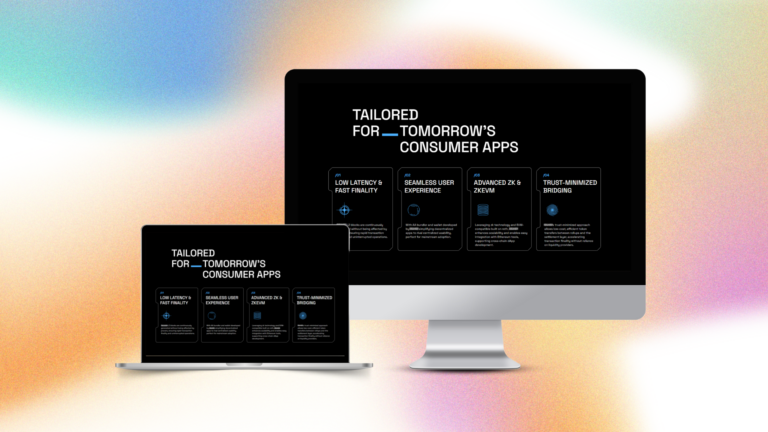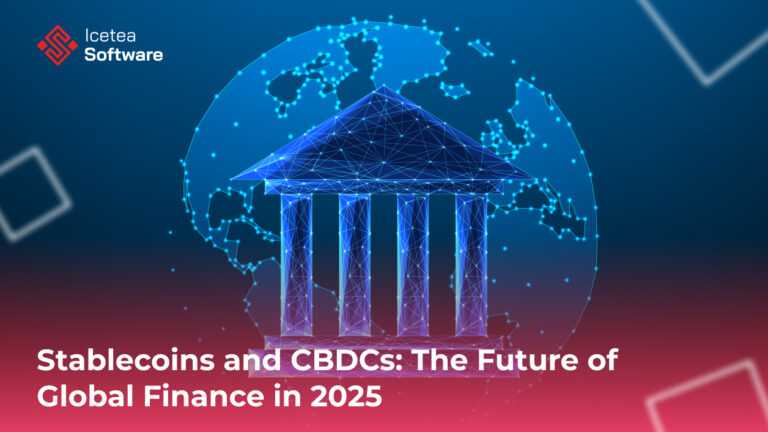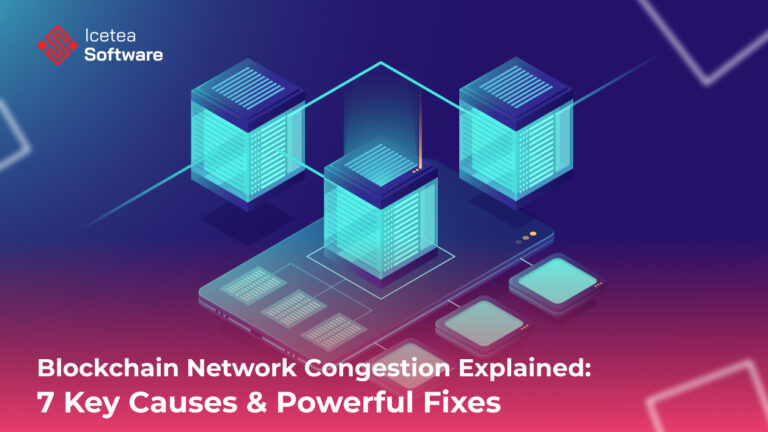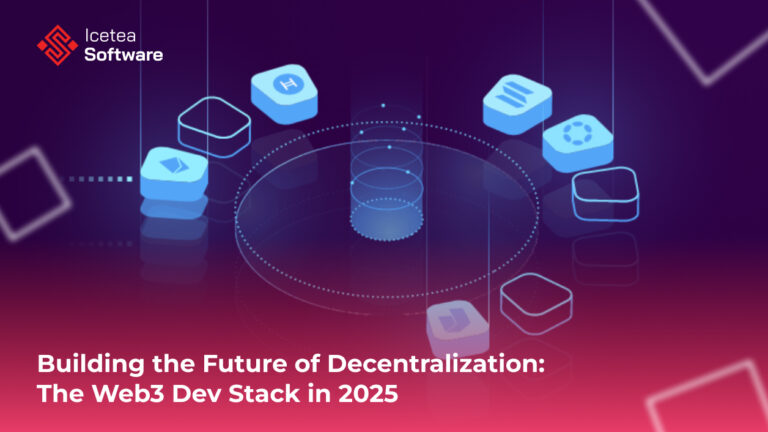6 Game-changing Reasons Why Data Mesh Is Revolutionizing Modern Data
What is Data Mesh?
Data mesh is a fresh, modern take on how organizations handle data in today’s fast-paced digital world. Instead of forcing all data through a central team or warehouse, data mesh spreads ownership across business domains — like marketing, finance, or operations — giving each team control over their own data. Think of it like turning every team into a mini data shop: they manage, document, and share their data as a product, making it easier for others to discover and use.
What makes data mesh exciting is that it breaks down bottlenecks and empowers teams to move faster, innovate more, and deliver better insights. With the right self-serve tools and automated governance in place, companies can scale their data operations without overwhelming a central data team. It’s not just about technology — it’s a cultural shift that transforms how people work together, making data a shared responsibility and a real business advantage.
Four Key Principles of Data Mesh
Domain-Oriented Ownership
The teams that are most familiar with the data take ownership of it. Every domain team bears responsibility for the quality and lifespan of its own data products.
The Product of Data
Data is now viewed as a product with defined customers, SLAs, and ongoing enhancements rather than merely as raw data to be mined. Without heavily depending on central engineering,
Self-Serve Data Infrastructure
Teams can create, share, and access data products using simple, standardized tools and platforms.
Federated Computational Administration
Governance is now a shared duty across domains, supported by automated policies that guarantee compliance and interoperability, as opposed to top-down control.
Why is Data Mesh a Game Changer?
Breaks centralized bottlenecks
In traditional data systems, a central data team is responsible for managing all data access, requests, and pipelines. As organizations grow, this team quickly becomes overwhelmed, leading to long backlogs and delayed insights. Data mesh shifts ownership to the domain teams — the ones closest to the data — allowing them to manage and deliver their own data products without waiting on a central team. This dramatically reduces bottlenecks and accelerates data-driven decision-making.
Delivers faster, more relevant insights
With data mesh, the people generating and using the data are often the same teams. They know the business context, understand what insights matter, and can move quickly without layers of handoff or translation. This direct ownership shortens the feedback loop between data creation and data use, meaning organizations can act faster on trends, solve problems sooner, and seize opportunities as they arise.
Improves data quality and accountability
When responsibility for data is spread across domains, teams become more invested in the accuracy, completeness, and usability of their own data. They know others will rely on what they publish, so they treat their data as a product — providing clear documentation, maintaining high standards, and regularly improving it. This leads to higher overall data quality and stronger trust across the organization.
Encourages a product-driven data culture
Instead of treating data as just a backend resource, data mesh promotes the idea of data as a product. Each domain team creates data products designed to be shared, discovered, and used by others across the organization. This mindset encourages collaboration, innovation, and a stronger connection between business goals and data efforts.
Supports scalable growth with self-serve tools
Data mesh relies on providing teams with self-serve infrastructure — tools and platforms that make it easy to publish, access, and manage data without needing advanced technical skills or constant support from a central team. Combined with federated governance (shared, automated rules for security, compliance, and interoperability), this allows organizations to scale their data operations smoothly, even as they grow larger and more complex.
Strengthens agility and resilience in a fast-moving world
By decentralizing data ownership and empowering domain teams, data mesh makes organizations more agile. They can adapt quickly to changes in the market, customer behavior, or internal priorities, because the teams closest to the action have the data and tools they need at their fingertips. This flexibility is essential for staying competitive in today’s fast-evolving digital landscape.
Challenges to Watch Out For
While the promise of data mesh is exciting, it’s not a silver bullet. Organizations must address:
- Cultural Change: Shifting from centralized to decentralized control requires strong leadership, clear communication, and buy-in across teams.
- Platform Investment: A successful data mesh relies on robust self-serve platforms and automation to support non-technical teams.
- Governance Complexity: Federated governance needs clear frameworks to prevent chaos and ensure alignment on data standards.
From Idea to Impact: A Data Mesh Success Story
Major companies like Netflix, Spotify have successfully adopted data mesh principles to solve critical data challenges and accelerate innovation.
At Netflix, data mesh helps engineering and product teams experiment rapidly with new features, like personalized recommendations or streaming optimizations, because each domain (e.g., content, user behavior, device data) manages its own data products. This decentralized ownership allows teams to test, iterate, and deploy improvements faster without waiting for approvals or resources from a central data team.
Spotify uses data mesh to enhance its personalization engine — tailoring playlists, podcasts, and recommendations for millions of users worldwide. With different teams (such as music recommendation, user engagement, and advertising) owning their own data products, Spotify can quickly combine insights across domains and deliver better user experiences while maintaining strict governance and data privacy standards.
Final Thoughts
As data demands continue to grow, we’re entering an era where organizations need smarter, more scalable ways to manage and deliver insights. Data mesh offers the speed, scalability, and efficiency of decentralized architectures, while human domain teams provide the critical expertise, context, and accountability to ensure data quality and relevance — both are essential components of a modern data strategy.
At Icetea Software, we specialize in designing and implementing tailored data mesh solutions that integrate cutting-edge technology with domain-driven ownership. Our approach goes beyond simply deploying tools — we help businesses build intelligent, adaptive data ecosystems where domain teams can independently manage and serve their data as products, supported by robust governance and self-serve platforms. Whether you want to decentralize data ownership, empower teams with better tools, or ensure smooth interoperability across systems, Icetea Software delivers solutions aligned with your unique business goals.
As organizations race to become more data-driven, those that thrive will be the ones that embrace this synergy — leveraging the power of decentralized data architectures while preserving the human insight and accountability that drive real business impact. Partner with Icetea Software to unlock the full potential of your data operations and create systems that are not only faster and more scalable but also smarter, more collaborative, and truly future-ready.
————————–
𝗜𝗰𝗲𝘁𝗲𝗮 𝗦𝗼𝗳𝘁𝘄𝗮𝗿𝗲 – Cutting Edge Technologies!
Website: iceteasoftware.com
LinkedIn: linkedin.com/company/iceteasoftware
Facebook: Icetea Software








